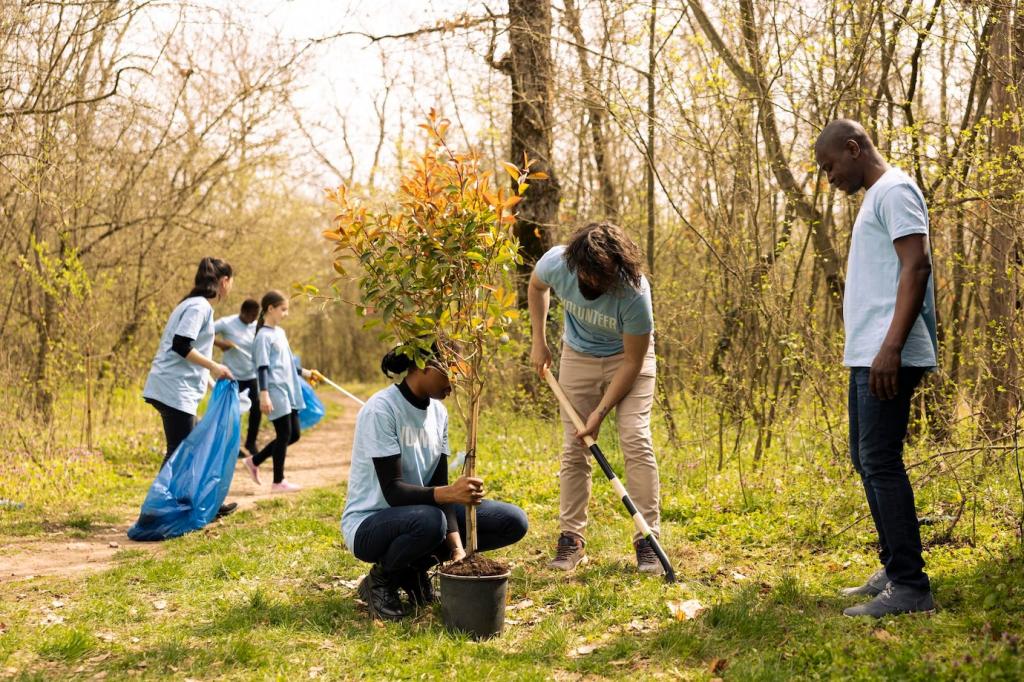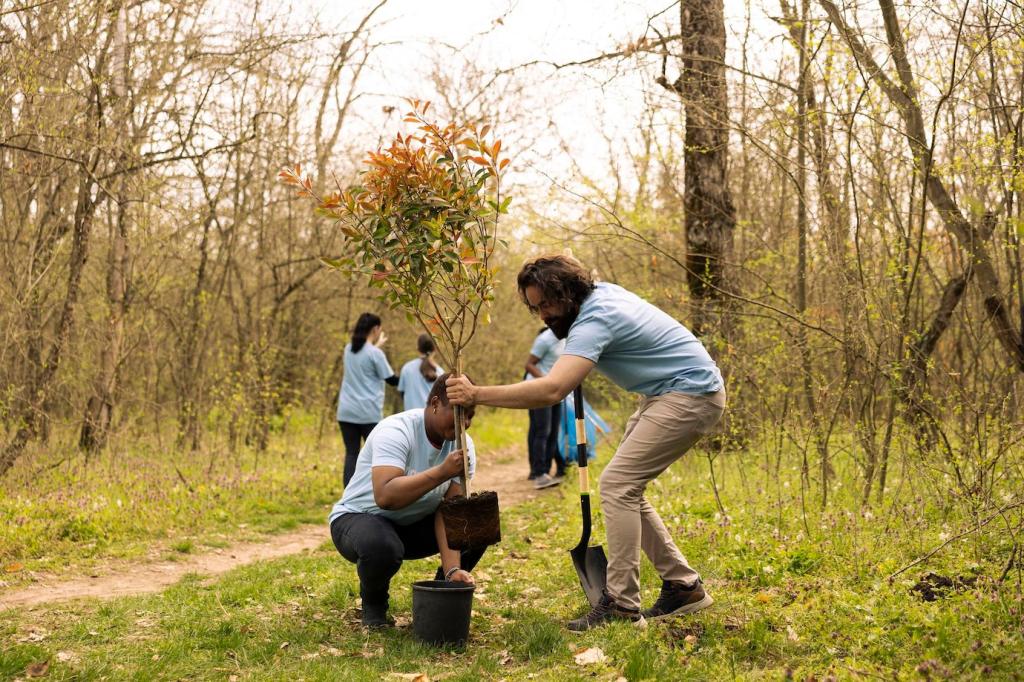This website uses cookies so that we can provide you with the best user experience possible. Cookie information is stored in your browser and performs functions such as recognising you when you return to our website and helping our team to understand which sections of the website you find most interesting and useful.
City Parks as Biodiversity Hotspots
City parks, often seen as sanctuaries of green amid urban sprawl, play a pivotal role far beyond recreation and beauty. These pockets of nature serve as unexpected yet vital reservoirs of biodiversity, fostering unique ecosystems and nurturing a surprising variety of plant and animal life. With cities rapidly expanding and natural habitats shrinking, the ecological importance of urban parks has never been greater. From supporting pollinators to providing refuge for migratory birds, city parks offer critical habitats and serve as living laboratories for environmental awareness. Exploring how and why these green spaces become biodiversity hotspots reveals the intricate relationships between nature and urban communities, emphasizing the value of preserving and enhancing city parks for the health of our planet and its inhabitants.

The Role of City Parks in Urban Ecosystems
Refuge for Native Wildlife
Biodiversity Corridors in Urban Settings
Ecological Services in Action




